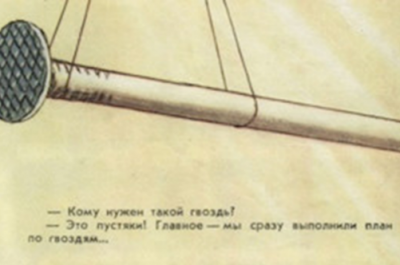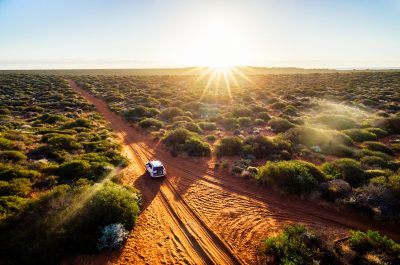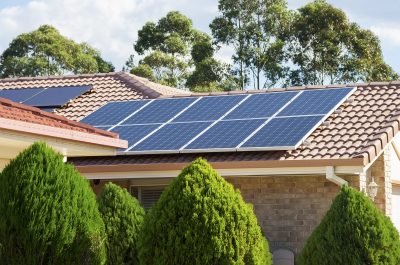Are we ready for summer? As best as we can be
If you live in Australia, then you know the weather can get pretty wild. From bushfires, to dust storms, thunderstorm asthma, tropical cyclones and floods it seems like we’re spoiled for choice in terms of natural disasters and wacky weather.
While no one can say exactly when another disaster will occur, I’m sorry to say it’s just a matter of time. What I can say with certainty is that the NEMA summit demonstrated there’s a gargantuan amount of effort from all levels of government, emergency services, NGOs and private industry to make sure that collectively, we are better prepared for the next one, wherever and whenever it may be.
It’s going to be a hot one, folks
The Bureau of Meteorology’s CEO, Dr Andrew Johnson provided an update on the current expectations for this summer. I won’t pretend to speak knowledgeably about how a positive Indian Ocean Dipole makes it so, but thankfully the experts at the Bureau of Meteorology have done a much better job at explaining the why, so I can just talk about the “so what for energy?”.
The important takeaway for the energy sector is an El Niño weather system typically results in reduced rainfall and warmer, more extreme temperatures. To my layman brain that means dry and really hot which is generally not great news in terms of heatwave and bushfire risk.
What does a hot summer mean for networks?
As many readers may be aware, Australia is coming off three consecutive years of La Niña (more rainfall and generally cooler days) which has provided excellent conditions for vegetation to grow.
But before you start thinking about how good the weather has been for your garden, please consider the fact that there is now a lot of vegetation out in the country and in national parks and forests to potentially feed a bushfire. This is known as “fuel load” and an excellent explainer from our friends at the Department of Environment and Water in South Australia. After three years of La Niña, levels are very high.
Why networks care about bushfires should be obvious, it can burn down poles and wires, but a less obvious consideration is just how much effort and money goes into vegetation management, particularly for distribution networks who operate the assets that probably supply your house. Vegetation management is an industry term for “pruning the trees” so they don’t come in contact with powerlines. This is undertaken throughout the entire year above and under millions of kilometres of powerlines across Australia.
I would also be remiss if I didn’t mention the significant efforts of networks to restore power to communities (usually remote and regional) disproportionately impacted by these events. It isn’t a stretch to say that our people -working together with state emergency services- are usually one of the first on the ground in response, sometimes even from other states!
Another less than obvious topic of interest is resilience, or as the Black Summer Royal Commission calls it “Building back better – recover in a way that makes the nation better prepared to withstand the next disaster”. Unfortunately networks have begun to hit regulatory barriers to this and the regrettable result has generally been to “build back the same”, but that is a topic for a deeper dive another time…
The standard approach to natural disasters is the Plan, Prepare, Respond and Recover (PPRR) model but for some time now networks have noticed an imbalance between the first half (Planning/Preparing) and the second half (Responding/Recovering) with a huge proportion of resources going to the later. I’m not saying that properly resourcing response and recovery is wrong, but I do think there’s more that can be done before a disaster instead of during and after one.
What’s the good news?
When you bring hundreds of attendees with the aligned goal of helping people and keeping them safe during a terrible event, then only good things can happen. The amount of cooperation, good will and camaraderie amongst this group reminds me a lot of the positive environment that the energy networks amongst themselves (quick plug for our conference next year).
Like any good meeting I came away with a lot of insights around what was done well, but perhaps more importantly, what could be done better and the opportunities that have been missed. Personally what I took away was that electricity networks (particularly the distribution networks) have a far greater role than most people know about and that we should be better represented at these kinds of discussions (I was only part of a small handful of electricity networks in the room).
I think there’s a lot of areas on this topic where networks can add outsized value (particularly around the planning and preparation), so I encourage anyone reading this article not to hesitate to get to reach out to their local network to get the conversation started.
To sum up, we should never take the weather (and climate) for granted, however I think we’re in a good a place as we could be for this summer. I’d like to congratulate NEMA for a successful event and that networks look forward to being even more involved in the future.



